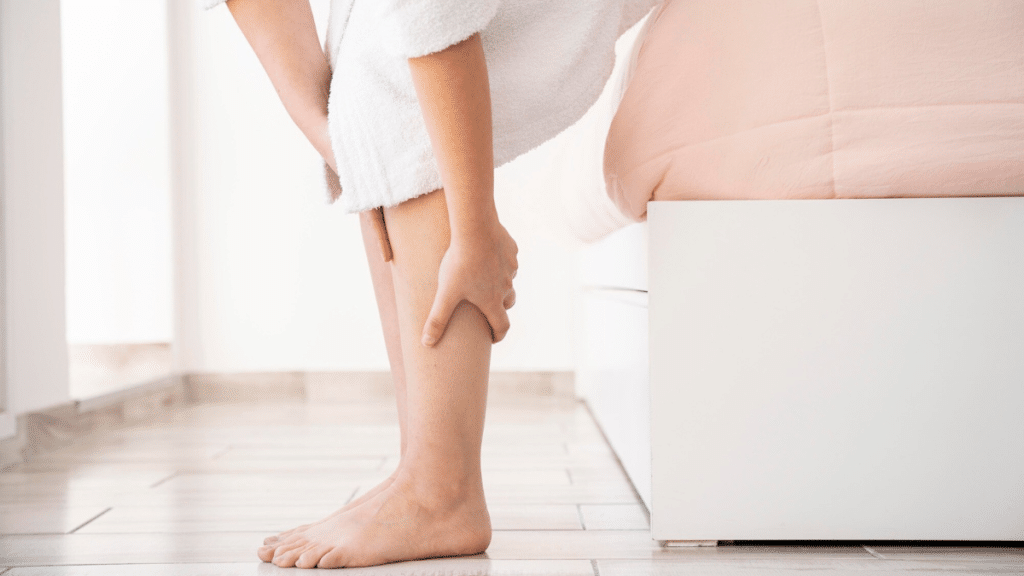Chronic wounds are no joke, and if you’ve ever heard the term “venous ulcer,” chances are someone you know – or maybe even you – has dealt with one.
Venous leg ulcers aren’t just annoying skin issues. They are often signs of deeper problems with circulation and can seriously affect your daily life if not managed properly.
So, let’s break down what causes these ulcers, what treatment looks like, and why it’s important to stay ahead of them.
What Exactly Is a Venous Leg Ulcer?
A venous leg ulcer is essentially a sore that develops when the veins in your legs aren’t doing their job properly.
In other words, it is a result of blood having trouble flowing back to your heart. Instead of circulating efficiently, blood pools up in the lower leg. That pressure messes with your skin and tissues, eventually leading to ulcers around the ankles.
These wounds are slow to heal and very vulnerable to infection. Luckily, there are venous leg ulcer treatment options out there to help you manage it.
Think of these ulcers as your body’s way of waving a red flag that something isn’t right with your blood circulation.
What Causes It?
Venous leg ulcers are usually caused by chronic venous insufficiency, which is a condition where your veins aren’t sending blood upward like they should. This leads to increased pressure in your veins, also called venous hypertension.
The result? Damage to the tiny valves that are meant to keep blood flowing in a single direction.
While these ulcers are more common in older people, younger people can still get them. Risk factors include:
- History of deep vein thrombosis
- Varicose veins
- Obesity
- Inactivity or prolonged sitting/standing
- Previous leg injuries or surgeries
- Smoking
Basically, if your leg veins are under constant pressure, you’re at risk.
Signs You Shouldn’t Ignore
Venous leg ulcers usually start out looking like dry, itchy, or scaly patches. Over time, they can turn into open sores that weep fluid and won’t heal on their own.
You might notice:
- Swelling in the lower leg
- Skin discoloration or darkening
- Aching or heaviness in your legs
- Hardened skin around the ulcer
Early treatment is crucial. The longer these ulcers stick around, the more complicated they get.
Venous Leg Ulcer Treatment Options
There’s no one-size-fits-all solution, but most treatment plans aim to improve blood flow, promote healing, and prevent infection.
1. Compression Therapy
This is the gold standard. Compression stockings or bandages help squeeze the blood upward, reduce swelling, and support healing. Your doctor will usually recommend custom-fitted ones.
2. Wound Care
Keeping the ulcer clean and covered is key. Dressings help protect against bacteria and absorb fluid.
3. Medication
If there’s an infection (which is common), you’ll need antibiotics. Pain relievers and topical treatments can also help manage discomfort.
4. Lifestyle Changes
Elevating your legs, walking more, and avoiding long periods of standing or sitting can work wonders. A bit of movement goes a long way for your veins.
5. Surgery
In severe cases, procedures like vein ablation or skin grafts may be needed. But that’s more of a last resort if other treatments don’t do the trick.
